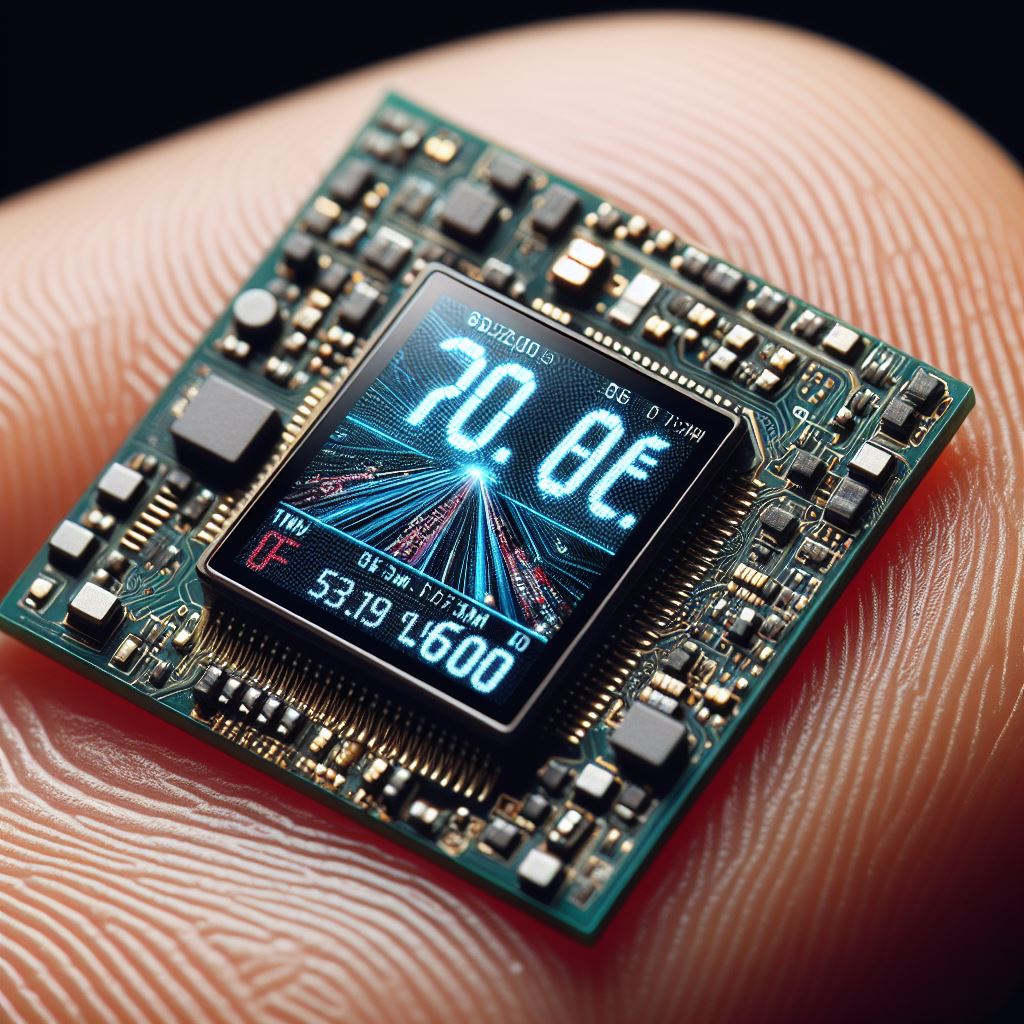The microdisplay Industry is evolving rapidly, driven by advancements in technology and increasing applications in augmented reality (AR), virtual reality (VR), and other innovative fields. As the demand for high-resolution, compact displays grows, several key manufacturers are positioning themselves as leaders in this dynamic landscape. This article explores the top microdisplay manufacturers and the strategies they employ to maintain their competitive edge.
The global microdisplay market size is projected to grow from USD 1.3 billion in 2024 to USD 3.0 billion by 2029, registering a CAGR of 18.2% during the forecast period. The increasing demand of microdisplays in wearable devices and near-to-eye devices, growing deployment of head-mounted displays in automotive application, rising adoption of head-mounted displays (HMDs) in various sectors, and growing demand for advanced microdisplays such as MicroLED and OLEDoS are the major factors propelling the growth of the microdisplay market. MicroLEDs can propel the microdisplay business by providing higher brightness, contrast, and energy efficiency than standard display technologies. Their ability to provide high resolution and endurance makes them suitable for use in AR/VR headsets, wearables, and automotive head-up displays, pushing the limits of performance and user experience.
Top Microdisplay Manufacturers are:
1. Sony Corporation
Overview
Sony has been a pioneer in the microdisplay market, particularly with its OLED technology. The company focuses on developing microdisplays for AR/VR applications and high-end consumer electronics.
Strategies
Innovation in OLED Technology: Sony continues to enhance its OLED microdisplays, improving brightness, color accuracy, and power efficiency. Their advancements have positioned them as a leading choice for high-quality VR headsets.
Collaborations: The company actively partners with tech firms to explore new applications for its microdisplay technology, ensuring relevance in emerging markets.
2. MicroOLED
Overview
MicroOLED specializes in producing OLED microdisplays for augmented and virtual reality applications. With a strong emphasis on innovation, the company aims to provide ultra-high-resolution displays for various sectors.
Strategies
Focus on Customization: MicroOLED offers tailored solutions to meet specific customer needs, such as different resolutions and form factors. This adaptability helps them cater to diverse market requirements.
Investment in R&D: The company invests heavily in research and development to stay ahead in the rapidly evolving microdisplay technology space, ensuring that they deliver cutting-edge products.
Download PDF Brochure @ https://www.marketsandmarkets.com/pdfdownloadNew.asp?id=430

3. eMagin Corporation
Overview
eMagin is a leader in OLED microdisplays, especially for military and industrial applications. Their displays are renowned for their high resolution and performance in demanding environments.
Strategies
Targeted Market Focus: eMagin concentrates on niche markets, such as military and medical, where performance and reliability are paramount. This specialization allows them to command higher price points.
Vertical Integration: By controlling various stages of production, eMagin ensures quality and consistency in its microdisplay offerings, which enhances its reputation in high-stakes industries.
4. Kopin Corporation
Overview
Kopin focuses on microdisplays for wearable devices, head-mounted displays, and other portable applications. Their offerings are characterized by compact size and lightweight design.
Strategies
Partnerships with OEMs: Kopin collaborates with original equipment manufacturers (OEMs) to integrate their microdisplay technology into various devices, enhancing market penetration.
Expanding Product Range: The company continually diversifies its product lineup to include new features and capabilities, such as enhanced brightness and field of view, to attract a wider customer base.
5. Himax Technologies
Overview
Himax Technologies specializes in display driver ICs and microdisplays, providing solutions for AR applications. Their expertise in display technology makes them a key player in the microdisplay market.
Strategies
Research and Development: Himax invests significantly in R&D to innovate display technologies, including advanced microLED solutions, ensuring they remain competitive in the fast-evolving market.
Strategic Alliances: The company forms alliances with tech firms to explore new opportunities in the AR and VR sectors, expanding their market reach and product applications.
6. AU Optronics
Overview
AU Optronics is a major player in the display industry, producing various display technologies, including microdisplays for AR and VR applications. They leverage their extensive manufacturing capabilities to meet growing demand.
Strategies
Scalability: With a strong manufacturing base, AU Optronics can scale production rapidly in response to market demands, ensuring timely delivery of products.
Sustainability Initiatives: The company focuses on sustainable manufacturing practices, appealing to environmentally conscious consumers and companies, thereby enhancing its brand reputation.
The microdisplay market is witnessing intense competition as manufacturers innovate and adapt to the growing demand for high-performance displays in AR, VR, and beyond. Microdisplay Companies like Sony, MicroOLED, eMagin, Kopin, Himax, and AU Optronics are leveraging strategies such as technological innovation, targeted market focus, and strategic partnerships to secure their positions as leaders in this rapidly evolving industry. As the market continues to expand, these manufacturers are well-positioned to capitalize on emerging opportunities and drive the next wave of microdisplay technology advancements.
